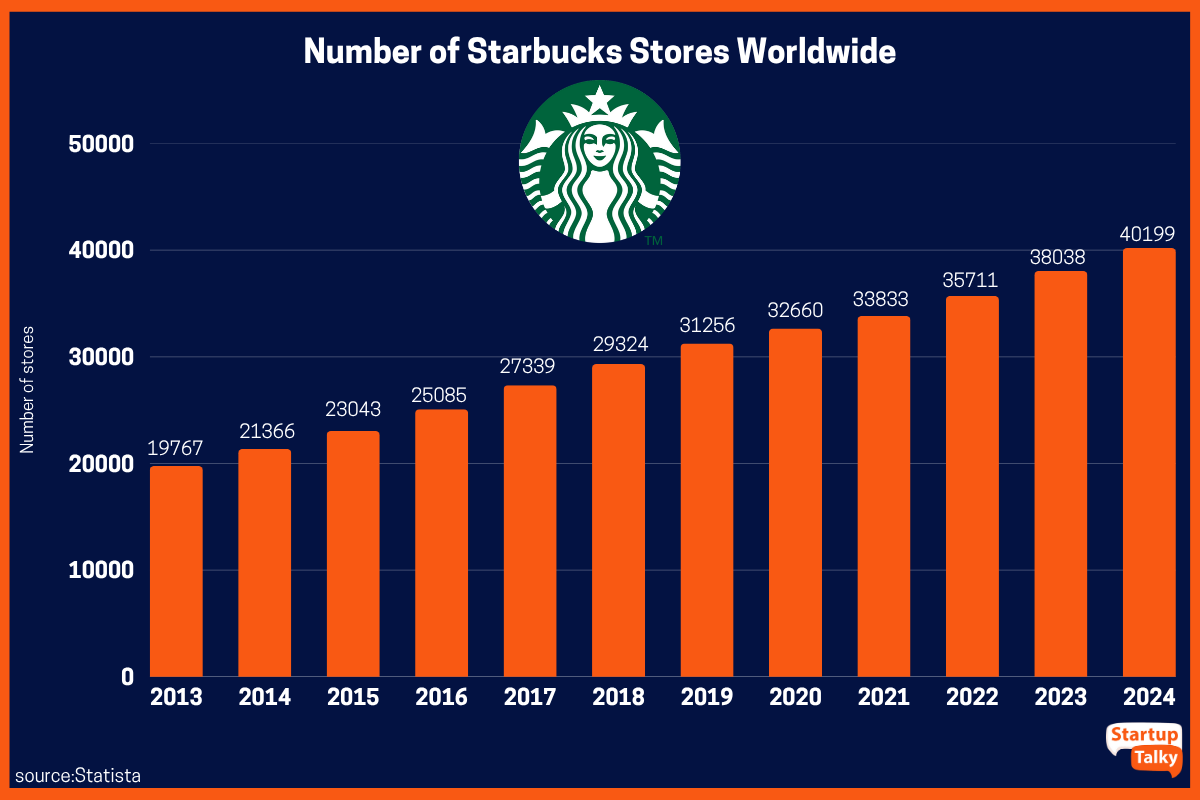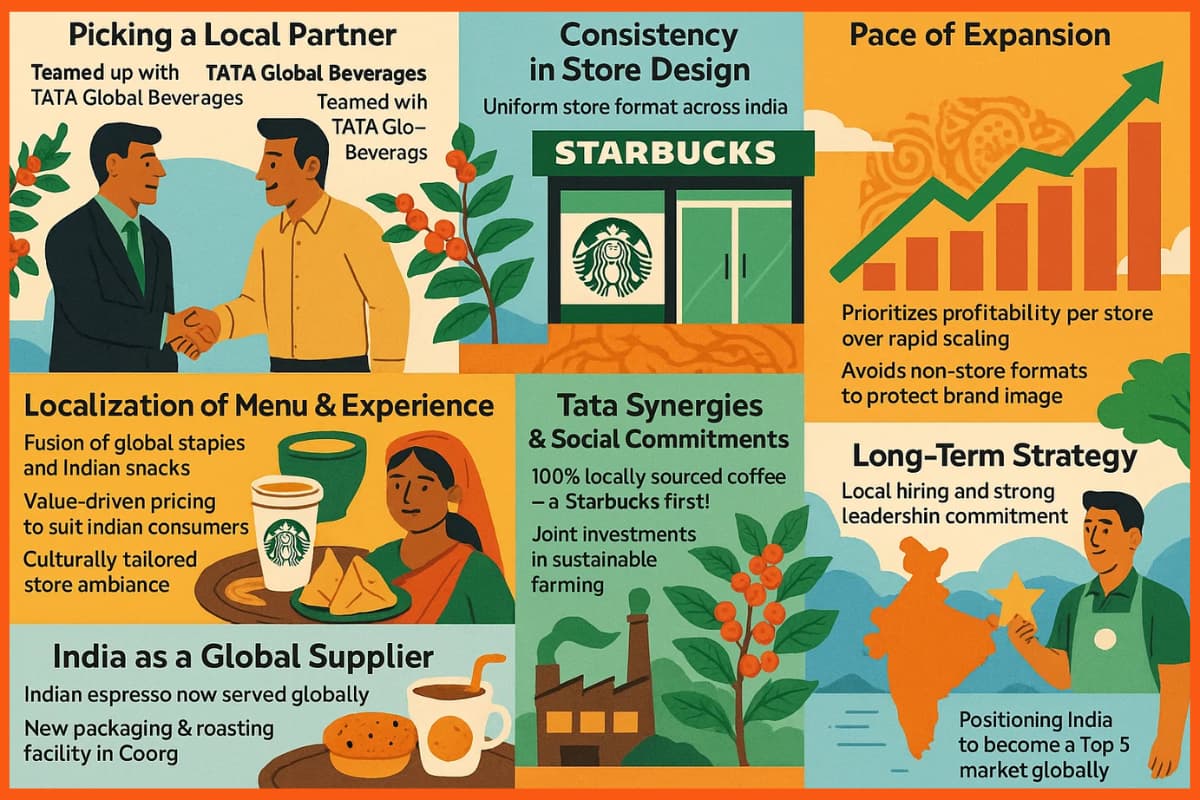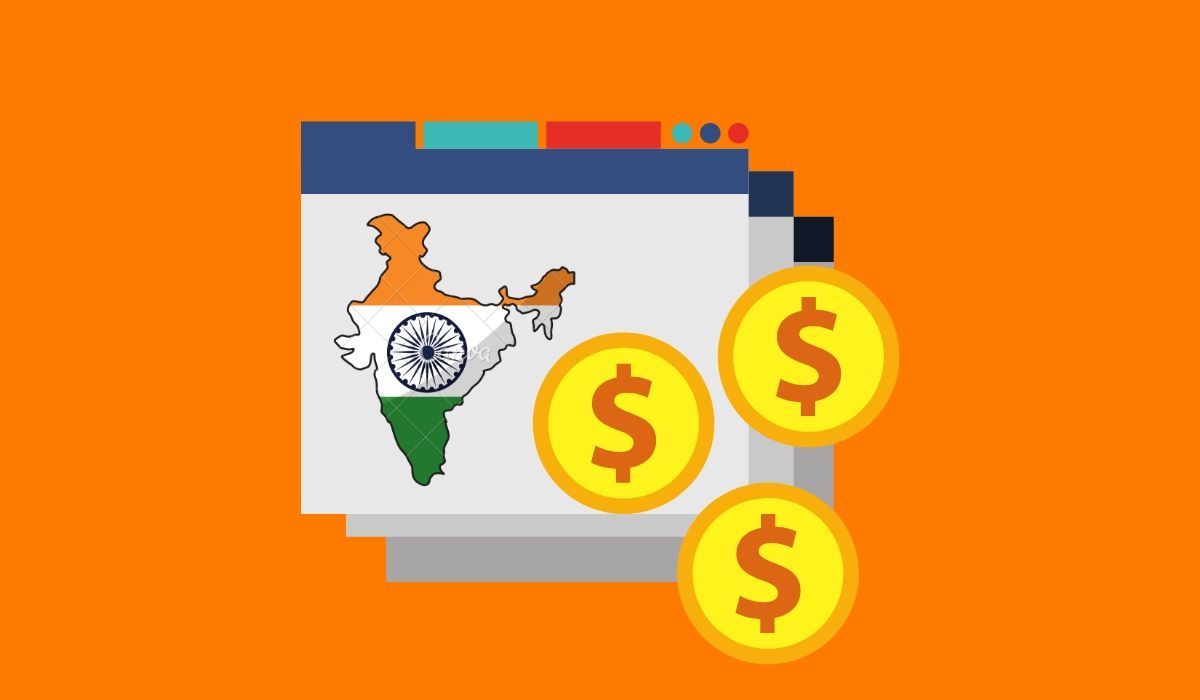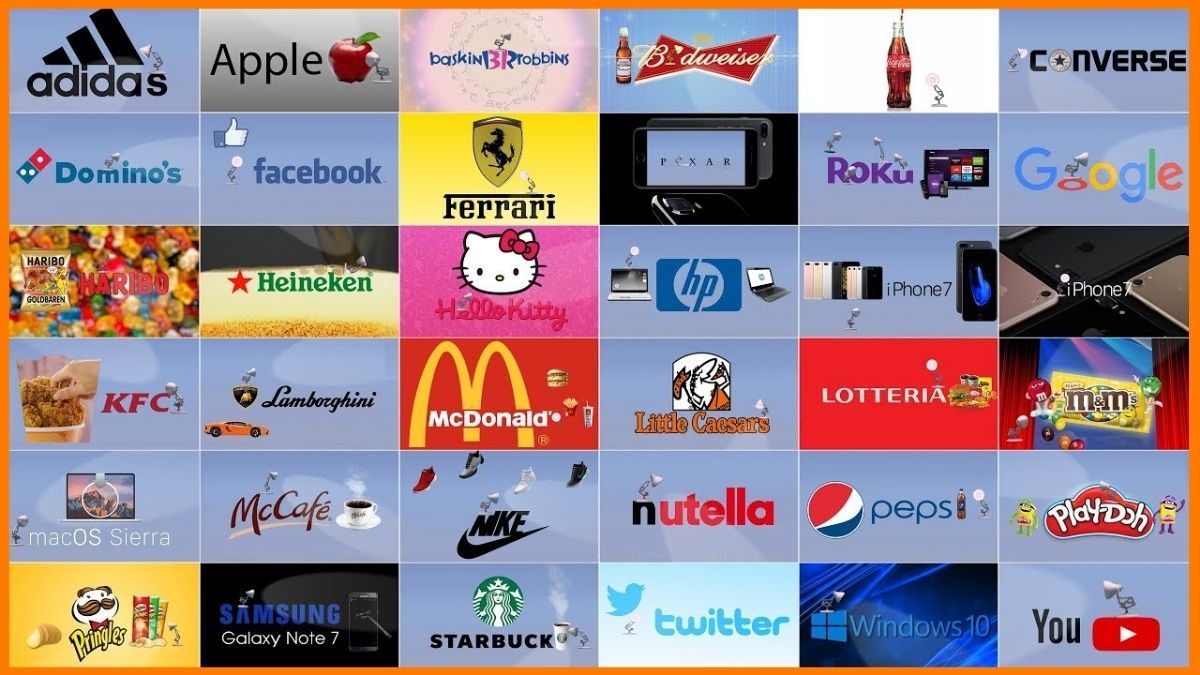Company Profile is an initiative by StartupTalky to publish verified information on different startups and organizations.
With the marketplace proactively hopping onto the global bandwagon, companies strive for a comprehensive revolution in the industrial supply operations across the globe. Here’s where Moglix enters the play as a B2B e-commerce platform for industrial products.
Moglix is an Asia-based Ratan Tata-backed Ecommerce company, headquartered in Singapore, which is inclined towards B2B procurement of industrial supplies. With a mission to tide over the gap between B2B merchants and consumers, Moglix is built with a vision to develop an exclusive digital-trade ecosystem, tailor-made to satisfy the diverse needs of buyers and sellers.
Yet another startup in India’s Unicorn list 2021, Moglix joined the Unicorn Club in May 2021 after raising Series E round funding of $120 million boosting the company’s valuation to surpass the $1 billion mark.
Know how Rahul Garg started Moglix and made it a Unicorn in just 6 years! Also, get an insight into the Moglix Company Highlights, Founders and Team, Products, Business Model, Revenue Model, Funding and Investors, Growth, Acquisitions, Competitors, Awards and more.
Moglix – Company Highlights
| Startup Name | Moglix |
|---|---|
| Headquarters | Singapore |
| Operating Office | Noida, India |
| Industry | Ecommerce |
| Founder | Rahul Garg |
| Founded | 2015 |
| Parent Organization | Mogli Labs India Pvt Ltd |
| Valuation | $2.51 Billion (as of December 2024) |
| Website | moglix.com / business.moglix.com / saas.moglix.com |
Moglix – About and How it Works
Moglix – Target Market Size
Moglix – Founders and Team
Moglix – Startup Story
Moglix – Products/Services and USP
Moglix – Mission and Vision
Moglix – Logo
Moglix – Business Model and Revenue Model
Moglix Financials
Moglix – Funding and Investors
Moglix – Shareholding
Moglix – Investments
Moglix – ESOPs
Moglix – Acquisitions
Moglix – Layoff
Moglix – Startup Challenges Faced
Moglix – Awards and Recognition
Moglix – Future Plans
Moglix – About and How it Works
Moglix – Largest B2B commerce Company
Moglix is one of Asia’s largest and fastest-growing supply chain services companies with interests in the verticals of B2B eCommerce (Moglix), enterprise procurement solutions (Moglix Business), and contract management solutions for procurement and supply chain (Moglix SaaS).
The company extends its expertise in the digitization of the supply chain and makes it GST-compliantERP-integrated. It is 880+strong, spread across 4 continents, and headquartered in Singapore. The company is powered by the vision to transform manufacturing through the technology enablement of B2B supply chains.
It partners with enterprises to offer greater predictability, visibility, cost efficiency, and agility at scale to their supply chain and procurement practice. Through Moglix, its B2B e-commerce arm, the company provides smooth and hassle-free digitized experiential procurement for enterprise customers.
As an enabler of enterprise procurement solutions, Moglix Business partners with large enterprises in the manufacturing sector to map their requirements of “class C spend” items like MRO and packaging and cloud-hosted contracting management software.
In the backdrop of the emerging realities of the COVID19 pandemic, it is expanding and consolidating its existing business by widening the customer base to offline clients as well as targeting new businesses, hospitals, dental and lab supplies in mature markets like the United Kingdom and other geographies in Europe.
Moglix SaaS provides cutting-edge, cloud-based, contract management solutions in procurement and supply chain to global enterprises to enable them to leverage their contracting data, spot exceptions, optimize their procurement experience, and improve their supply chain performance across the cost-risk-compliance metrics. The AI-powered contract intelligence solution from Moglix empowers enterprises to anticipate business volatility against predicted demand and recommends measures to strengthen their competitive positioning.
Another milestone in their journey of technology development thus far has been the development of their indigenous cloud-installed spreadsheet application that offers an improvement over standard applications like Excel. This cloud-installed spreadsheet application uses HCI to enable faster integration of the ERP suite and DVZIUM to set up data lakes and centralize the event management system. Some major user benefits include the use of spreadsheet features in a more customized way, real-time auto-filling, and validation of data in addition to other Excel-like features.
Transforming B2B Commerce
The journey towards transforming B2B commerce for the MSME segment at Moglix started with the launch of moglix.com. Having created one of India’s first B2B e-commerce ecosystems, it next turned its attention to resolving the challenges of the supplier community through its product Supplier Portal. The Cataloging Portal followed next. All these products in the SME segment were launched within a span of 5 months.
In the enterprise segment, Moglix Business achieved its first breakthrough with the development and launch of its ERP-integrated platform for manufacturing companies to optimize their procurement of MRO items, i.e. Buyers Portal. As Moglix Business continued to move forward in its journey, the company continued to learn about the business pain points emanating from the use of legacy applications for enterprise commerce.
The next leap into SaaS offerings came with the development of iCAT, the company’s flagship SaaS product, built to simply contract creation and enable effective contract management for procurement organizations. Their journey in SaaS continued when they decided to roll out iCAT to global firms. One of the first customers was a large FMCG player, Unilever. iCAT from Moglix SaaS is being used globally by 1500+ buyers at Unilever and impacting $20 billion in value as of 2019.
“For instance, we learned that enterprises that used CLM solutions available in the market continued to grapple with challenges in technology adoption by users. Moglix translated this business pain point into an opportunity by improving the user experience and workflow of our applications. By doing so it was able to nudge enterprises to adopt our contracting solutions from Moglix SaaS and in turn, optimize their existing solutions.”, said Rahul Garg, owner of Moglix.
investment business idea and high profits. To achieve this, they sought every
way to make their business run smoothly and increase revenue thus profitability.
If you land on this article chances are you are looking for Busin…

Moglix – Target Market Size
The company has a presence in the following industry verticals:
- Moglix – E-commerce
- Moglix Business – MRO, Packaging, and Artificial Intelligence
- Moglix SaaS – Contract Creation and Contract Analytics
As per the Indian Economic Survey 2019, the gross value added by the manufacturing sector in India at current market prices is estimated to be $403.23 billion, whereas the degree of digital enablement in the sector is less than 5%. Amidst the massive disruptions to the global supply chain, Moglix is looking to partner with MSMEs in B2B e-commerce, large businesses in enterprise procurement, and global enterprises in the direct procurement contracting space respectively.

Moglix – Founders and Team
Moglix was founded by Rahul Garg in 2015.

Rahul Garg (Founder and CEO)
A tech enthusiast with extensive experience in strategy, product management, and operations in the technology industry, Rahul Garg holds 16 U.S. patents in the domain of product management and technology.
Rahul was the Head of Advertising & Strategy at Google Asia, served as Chairperson of the Marketing and AdTech committee at IAB, Singapore, and worked with companies like Conexant Systems, Freescale Semiconductor, and Ittiam Systems in the technology industry.
An alumnus of IIT Kanpur and India School of Business (ISB) Hyderabad, Rahul is a thought leader in the space of digital transformation and bringing procurement and supply chain efficiencies to the manufacturing industry.

Moglix – Startup Story
Moglix had a beginning in the B2B e-commerce domain and over time concentrically diversified into enterprise procurement and contracting SaaS verticals, with agility to respond to customer challenges in the manufacturing sector. Over the past decade, when everybody was focusing on solving the problems of end consumers, Rahul Garg, the CEO & Founder of Moglix was looking to find pain points of businesses and ways to resolve them.
Brought up in Faridabad, a key manufacturing cluster in the country, Rahul had a first-hand account of a new wave of opportunities for the country’s manufacturing sector as well as the challenges facing it. During his stint with Google, where Rahul was heading AdX India, SEA, and Korea, he had the opportunity to collaborate with enterprises on advertising and explore how it was enabling new market opportunities for businesses.
Building on one of the conversations that he had with his colleagues and community, he shifted base from Japan to Singapore, which was the beginning of his new journey. With deeper research, he envisaged the idea of leveraging technology enablement for the manufacturing sector in India and upgraded the search-based model of advertising to a more advanced transaction-based model to impact distribution and supply chain. This led to the birth of Moglix in 2015.
Moglix started with a simple statement in 2015: “How can we re-imagine B2B commerce and supply chain with technology?” Rahul Garg, the CEO & Founder of the company envisaged that they could make a positive difference that way. They chose to build an enterprise that would leverage technology to reinvent B2B commerce and supply chains in India. The company entered a segment that had not seen innovation in a long while, and that is how the B2B e-commerce startup came into being.
It scaled the e-commerce platform of moglix.com for industrial supplies that today encompasses 450,000+ SKUs spanning 40+ product categories and 25,000+ pin codes. On the back of the success of the e-commerce platform, Moglix Business expanded into the enterprise procurement vertical that caters to 3000+ manufacturing companies and over 5,00,000 SMEs spread across India, Singapore, the UK and UAE.
“The institutional learning helped us gain an astute understanding of complexities in contracting and fulfillment, following which we globally built our first product in contract management under the Moglix SaaS label. We collaborated with the world’s largest FMCG company Unilever to co-create iCAT, the software product that automated and transformed its procurement contracting process by impacting 1,500-plus procurement professionals, operating across 100-plus countries, managing $20 billion annually.”, said Rahul Garg, owner of Moglix.
through checkout as quickly as possible. Most of the online stores find the best
way to reduce the number of steps is to use one-step checkouts. But that one
step checkout is not different from five-step checkout. If the one-…
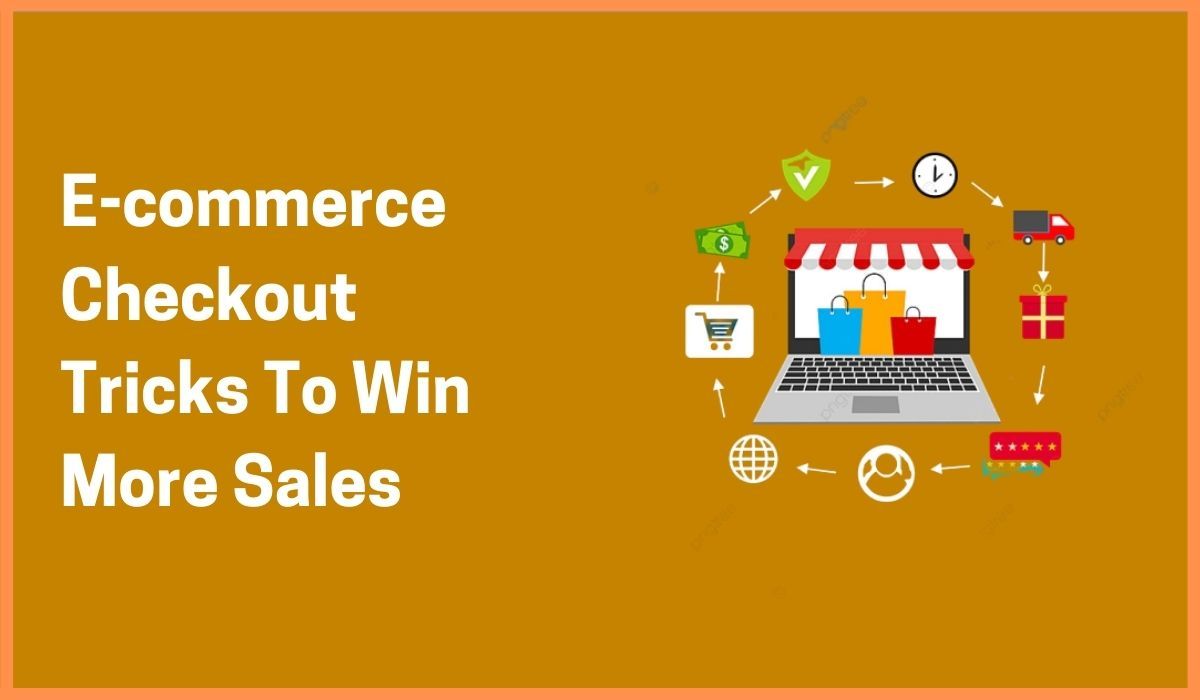
Moglix – Products/Services and USP
One-click order as well as RFQ-based transactions – The online portal is a self-serve platform, with advanced analytics and a dashboard. It enables SME buying workflow integration (group buying and approval workflow) and is a one-stop solution for C class spending with 3,00,000+ SKUs.
It enables real-time ordering, and tracking for all C class spend products, and can be integrated with ERP. Such a wide number of industrial products and categories are present in very few Indian e-commerce companies. Their platform is integrated with business-friendly shopping experience features like Bulk for Quote/ GST invoicing / Bulk Orders and discounts.
Moglix Business
Focus on industrial and scientific products – The company offers the largest e-catalog of three lacs SKUs of industrial supplies in the MRO and packaging categories in India, enabling seamless buying for the customer. The company has strategically partnered with 10,000+ suppliers across 45+ categories which provides them with industrial-scale capabilities in the upstream of the supply chain.
Enabling enterprises to optimize their procurement process through a technology-driven platform, Moglix Business provides AI-enabled B2B supply chain products like Buyer’s Terminal to customers and the Vendor’s Portal to OEMs.
It caters to 500+ enterprise customers and more than 500,000+ MSMEs across India, in industry segments like automotive, cement, chemical, consumer durables, FMCG, metals & mining, oil & gas, and pharmaceuticals. Some of the industry-leading companies that procure MRO items from them are GSK, Havells, Yamaha, Lumax, and Tata Chemicals. The company claims to enable up to a 15% reduction in the total cost of procurement for its customers.
Moglix SaaS
Contract Management Solutions – Through Moglix SaaS, the company offers contract management solutions comprising iCAT for smart contract creation and C-Vantage for AI-powered Contract Intelligence.
Moglix SaaS solutions namely iCAT is built to enable effective contract management to create, renew, extend, and clone material contracts using an intuitive spreadsheet-like interface to automate dynamic user experience, and C-Vantage empowers enterprises to overcome process inefficiencies and uncover anomalies or exceptions in the business with the help of pre-configured rules.
The COVID-19 crisis has uncovered many weak links in the way we create and analyze contracts. Through the company’s contract management solutions such as iCAT for contract automation and C-Vantage for contract analytics, they are working with their customers, suppliers, and supply chain stakeholders to enable them to respond better to the crisis and prepare effectively for the future risks.
Mogli Foundation
Moglix announced its philanthropic venture with the launch of the Mogli Foundation. Moglix had already been in the news for its philanthropic activities after the pandemic outbreak, where the company actively contributed to ramp-up the supplies of PPE and the distribution of Oxygen Concentrator (OC). It was around this time that it launched an innovative distribution model for OCs, eyeing the fulfilment of the growing oxygen demands in large ecosystems.
Mogli Foundation, founded by Moglix on August 5, 2021, will extend the intellectual, physical, and financial contribution of the company in the industries of Health, Environment, and Science, as per the latest press release. This new initiative is believed to impact 100M+ Indians in the times upcoming.
Credlix

Credlix was launched by Moglix on February 15, 2021, which was designed to offer quick collateral-free working capital solutions for more than 15000+ suppliers of the company, thereby making the supply chain ecosystem stable and secure from any upcoming disruptions.
The platform has already exceeded the annual run rate of credit disbursal of $100 million. Till now the company has reported having financed over 26,000 invoices for 2,500+ MSMEs across 120 cities. Credlix serves numerous companies including manufacturing leaders from a wide range of industry verticals like metals, fashion, retail, and hospitality among others.
MARG
Moglix launched MARG – Moglix Advanced Readiness Group, a cutting-edge program to promote neighborhood growth on June 21, 2023.

Moglix – Mission and Vision
Being a new-age company, that was born out of the vision to integrate technology into the manufacturing sector, Moglix was founded at the confluence of “Digital India” and “Make In India”.
The mission statement of the company “Reimaging B2B commerce and supply chain with technology” aptly reflects the future of manufacturing in India. Its mission is to tide over the gap between B2B merchants and consumers, as described by the company on its website.
Moglix – Logo

Moglix – Business Model and Revenue Model
The business model of Moglix is centred around the B2B Supply chain. The Moglix online marketplace is a new-age technology-driven platform offering an inclusive ecosystem for both customers and suppliers of industrial and scientific goods. Enrollment of customers and suppliers into a digital ecosystem brings unprecedented economic and technical efficiencies into the B2B supply chain. This is being achieved on the back of the integration of business processes and technology innovations.
Moglix Business
Moglix Business follows a technology-driven and collaborative approach to put the manufacturing sector’s indirect enterprise procurement and supply chain practice on track for continuous improvement and eventually bottom-line impact.
“We partner with large enterprises to enable integrated procurement solutions through a single-window approach that brings together 10,000+ suppliers who provide 45+ categories of MRO and packaging items to create a digitally integrated, inclusive and exhaustive ecosystem and a warehousing network covering 25 locations”, says Rahul Garg, founder of Moglix.
While the technology-driven procurement platform provides technical efficiencies through digitization of workflow and supplier collaboration, its warehousing network drives just-in-time delivery of class C items. The large procurement ecosystem provides greater flexibility to large enterprises in choosing the items of MRO and packaging while its facility to opt for annual rate contracts provides robust cost savings and insulation from inflationary risks and supply chain disruptions over the long term.
Moglix SaaS
Moglix SaaS follows an approach of high-end technology consulting, custom software application development, and continuous improvement in quality to meet the relevant requirements of global enterprises in the manufacturing and supply chain. The software development lifecycle for Moglix SaaS solutions adheres to agile software development standards and SCRUM methodology. Major technology enablers leveraged in providing contracting solutions include artificial intelligence, machine learning, and deep learning.
Moglix primarily earns from the sale of industrial equipment and supplies through its eCommerce website, which is further complemented by the commissions it receives on the sales on its platform and other ancillary IT-related services.

Moglix Financials
| Moglix Financials | FY25 | FY24 |
|---|---|---|
| Operating Revenue | $681 million | $591 million |
| Total Expenses | $704 million | $623 million |
| Profit/Loss | Loss of $11.3 million | Loss of $21.7 million |

EBITDA
| EBITDA Margin FY22-FY24 | FY22 | FY23 | FY24 |
|---|---|---|---|
| EBITDA Margin | -5.28% | -2.80% | 1.5% |
| Expense/INR of Op revenue | INR 1.07 | INR 1.04 | INR 1.11 |
| ROCE | -5.8% | -6.10% | -4.82% |
of these, Snapdeal makes online shopping a boom with its coupons and vouchers
for the consumers. Founded by Kunal Bahl and Rohit Bansal in February 2010, Snapdeal is an Indian e-commerce company based out of New Delhi.…

Moglix – Funding and Investors
Moglix has been getting good traction from top-notch venture capitalists and corporate executives in the technology and supply chain domain and has raised $472.2 million thus far. As of December 2024, Moglix is valued at $2.51 Billion.
Moglix Funding and Investors Details are as follows –
| Date | Stage | Amount | Investors |
|---|---|---|---|
| January 28, 2022 | Series F | $250 mn | Tiger Global, Alpha Wave Global and Ward Ferry |
| May 17, 2021 | Series E | $120 million | Falcon Edge, Harvard Management Company |
| July 11, 2019 | Series D | $60 million | Kalyan Krishnamurthy, Tiger Global, Sequoia, and Composite Capital |
| May 11, 2019 | Series C | $26 million | Accel US, IFC |
| July 6, 2017 | Series B | $12 million | International Finance Corporation |
| October 4, 2016 | Series A | $3.76 million | Accel |
| February 8, 2016 | Seed Round | – | Ratan Tata |
| October 30, 2015 | Seed Capital | $1.5 million | Accel Partners, Seedplus & Ratan Tata |
Moglix – Shareholding
Moglix shareholding as of November 2024 (source: Tracxn):
| Moglix Shareholders | Percentage |
|---|---|
| Rahul Garg | 11.8% |
| Tiger Global Management | 13.8% |
| Accel | 13.4% |
| Alpha Wave Global | 12.5% |
| Jungle Ventures | 8.0% |
| Peak XV Partners | 6.5% |
| IFC | 5.9% |
| Venture Highway | 6.8% |
| Composite Capital Management | 5.2% |
| ESOP Pool | 6.2% |
| Others | 9.9% |

Moglix – Investments
Moglix invested around $45.6 million in the Series B round of Euler Motors on October 3, 2022.
| Company Name | Amount | Date | Funding Round | Lead Investor |
|---|---|---|---|---|
| Euler Motors | $45.6 million | October 3, 2022 | Series B | – |
| Euler Motors | $5 mn | April 17, 2022 | Series B | Yes |
Moglix – ESOPs
Moglix had already completed an ESOP buyback programme on June 26, 2021, where the company had seen its employees selling up to 25% of their shares, which was worth $3 mn. Moglix further announced an expansion of its ESOP pool to $10 mn, where it will include more than 300 employees in its programme.
“The company wants to enable long-term wealth creation for employees and recognise their contribution and commitment,” said Moglix founder and CEO Rahul Garg.
Moglix – Acquisitions
Moglix acquired 2 companies to date. NuPhi was the latest company that the digital supply chain financing platform of Moglix, Credlix, acquired on November 15, 2021.
| Acquired | Date | Price |
|---|---|---|
| Khatema Fibres | December 2, 2024 | INR 80 crore |
| ADI – India distribution business | October 11, 2022 | – |
| NuPhi | November 15, 2021 | – |
| Vendaxo | July 7, 2021 | – |
Moglix – Layoff
Moglix announced in a statement that following an annual evaluation of employees’ performances, 2 to 3 percent, or around 40 of its personnel, was affected in January 2023.
Moglix – Startup Challenges Faced
Following are the major challenges that Moglix has resolved for its enterprise customers in the domains of B2B supply chain and e-commerce:
- Manual Ordering Process resulting in an inefficient and error-prone process for placing MRO orders
- Compliance & Approvals Internal PO journey through multiple stakeholders for authorization is complex and time-intensive.
- Fragmented Supplier Base resulting in variance in quality standards, high rejection rates, and steep procurement costs
- Fragmented Catalogs of Line Items resulting in diverse and incomplete MRO catalogues scattered across silos
- Asymmetric Information on Invoicing leading to gaps across data verticals of invoicing and payment
- Poor Visibility into Procurement Spend disallowing management to take effective buying decisions
As Moglix Business continued to move forward in its journey, the company continued to learn about the business pain points emanating from the use of legacy applications for enterprise commerce.
easier. One such portal that we see Mahendra Singh Dhoni endorsing is CARS24. CARS24 was founded in 2015 by Vikram Chopra, Mehul Agrawal, Gajendra Jangid and
Ruchit Agarwal. Read this article to know about CARS24, its foun…

Moglix – Awards and Recognition
Following are the awards that Moglix has won across different categories:
Growth Awards
| Year | Award | Description |
|---|---|---|
| 2018 | Deloitte Tech Fast 50 India 2018 | Ranked No.1 for FY18 revenue coming in at 120x with 11,386% as of last 3 years CAGR. |
| 2018 | Deloitte Technology Fast 500 APAC | Moglix is the fastest growing tech company in APAC (excluding China) among the 500 companies nominated. Moglix has been ranked 6th in the Deloitte Technology Fast 500 APAC 2018. |
| 2019 | Deloitte Tech Fast 50 India 2019 | Ranked No.6 for FY19 |
| 2019 | Deloitte Technology Fast 500 APAC 2019 | Moglix is the fastest growing tech company in APAC (excluding China) among the 500 companies nominated. Moglix has been ranked 6th in the Deloitte Technology Fast 500 APAC 2019 |
Technology Awards
| Year | Award | Description |
|---|---|---|
| 2018 | SAP Ace Award | In the ‘Sourcing Excellence category’ – For outstanding innovative procurement technology shaping the manufacturing sector of India. |
| 2019 | BW Businessworld Digital India Awards | Transforming India into a digitally empowered society and knowledge economy and also, disrupting the supply chain industry using digitization. |
| 2019 | IDC DX Award in the ‘Information Visionary – Data Utilization’ category | Won ‘Information Visionary – Data Utilization’ category for the product iCAT that transformed and automated Unilever’s procurement contracting process. |
| 2019 | Express IT Awards 2019 – Cloud Solutions Award category | Winner in the Cloud Solutions category. |
| 2019 | Globee Awards – SVUS | Bronze Winner: Company of the Year in Business Services & Cloud Computing/SaaS/Internet categories |
| Gold Winner: Company of the Year in India category | ||
| Bronze Winner: Most Innovative Company of the Year | ||
| Bronze Winner: Startup of the Year, Business Services |
Supply Chain Solutions Awards
| Year | Award | Description |
|---|---|---|
| 2019 | CIPS Asia Supply Management Awards 2019 | Most Innovative Use of Technology’ category for the product iCAT that transformed and automated global FMCG giant Unilever’s procurement contracting process impacting 1,500+ procurement professionals, operating across 100+ countries, managing $20 billion annually. |
Brand Awards
| Year | Award | Description |
|---|---|---|
| 2018 | iBrands 360 WCRC Leaders of the Year Award | Asia’s Most Promising Brands and Leaders is the largest multi-platform brand. The research for this year has been based on Brand Recall, Brand Commitment, and Brand Values |
Retail Awards
| Year | Award | Description |
|---|---|---|
| 2019 | IREC B2B eRetailer of the Year Award | Recognized as the only company disrupting the B2B e Retail space at Asia’s biggest forum for Retailers, eRetailers, and service providers. |
Organization – Awards
| Year | Award | Description |
|---|---|---|
| 2023 | ET HR Organization Award | The most forward-thinking and advanced organizations in India possess three key traits that make them distinctive, skilled, and future-read. |
Moglix – Future Plans
India is set to become a 5 trillion dollar economy by 2025 and the manufacturing sector shall have to play a pioneering role in this evolution. The vision of Moglix is to partner with manufacturing businesses and governments in digitizing and transforming B2B commerce and supply chain with technology. The company looks forward to being an integral part of the procurement networks of businesses to support manufacturing and export across 120+ countries.
FAQs
Who is the Founder of Moglix?
Moglix was founded by Rahul Garg in 2015.
Is Moglix a Unicorn?
Yes. Moglix joined the Unicorn club in May 2021 as its valuation crossed $1 billion after raising $120 Million in Series A round funding led by Falcon Edge, Harvard Management Company among others.
Is Moglix an Indian Company?
Moglix is headquartered in Singapore with its operating office in Noida, India.
What is Moglix?
Moglix is one of Asia’s largest and fastest-growing supply chain services companies with interests in the verticals of B2B eCommerce (Moglix), enterprise procurement solutions (Moglix Business), and contract management solutions for procurement and supply chain (Moglix SaaS).
How much funding has Moglix raised?
Moglix has raised a total funding of $472.2 Million to date.
What is Moglix Business Model?
The business model of Moglix is centered around B2B Supply chain. Moglix procures and supplies safety tools, equipment, hardware, office supplies, and more to manufacturers and other businesses.



